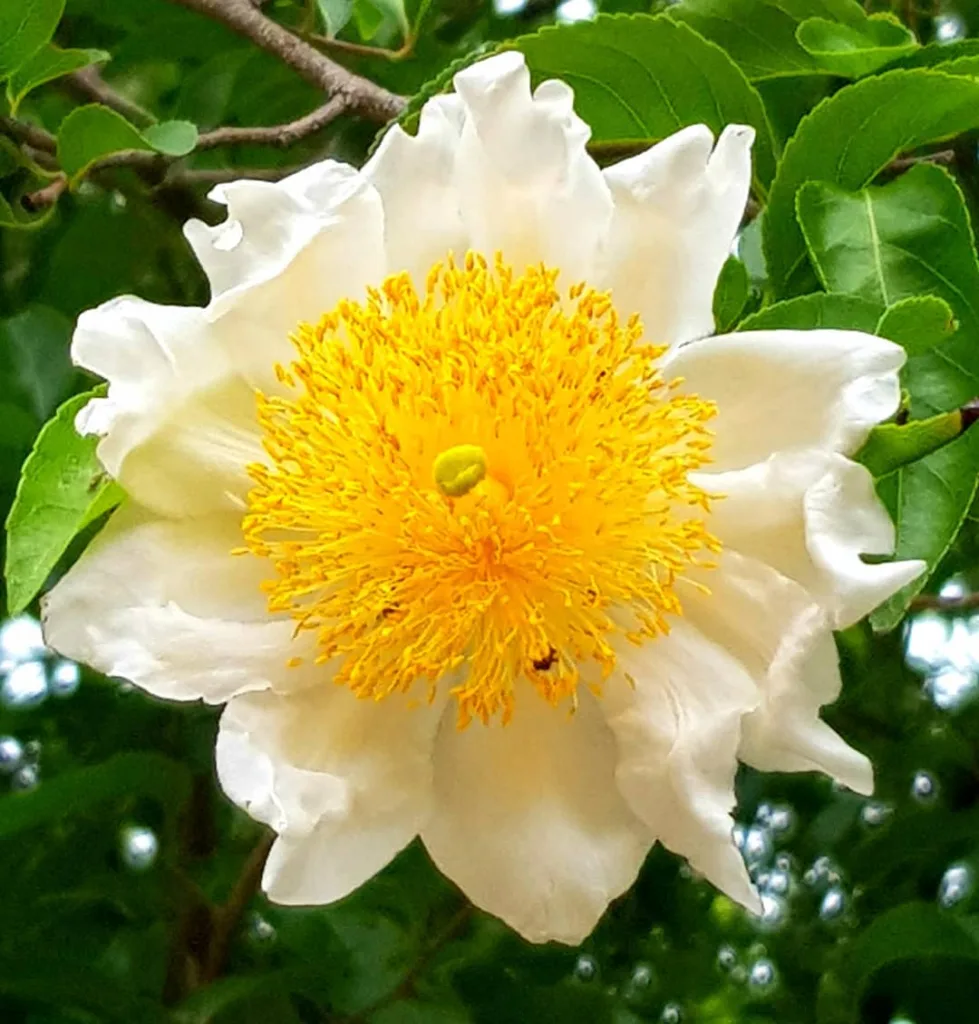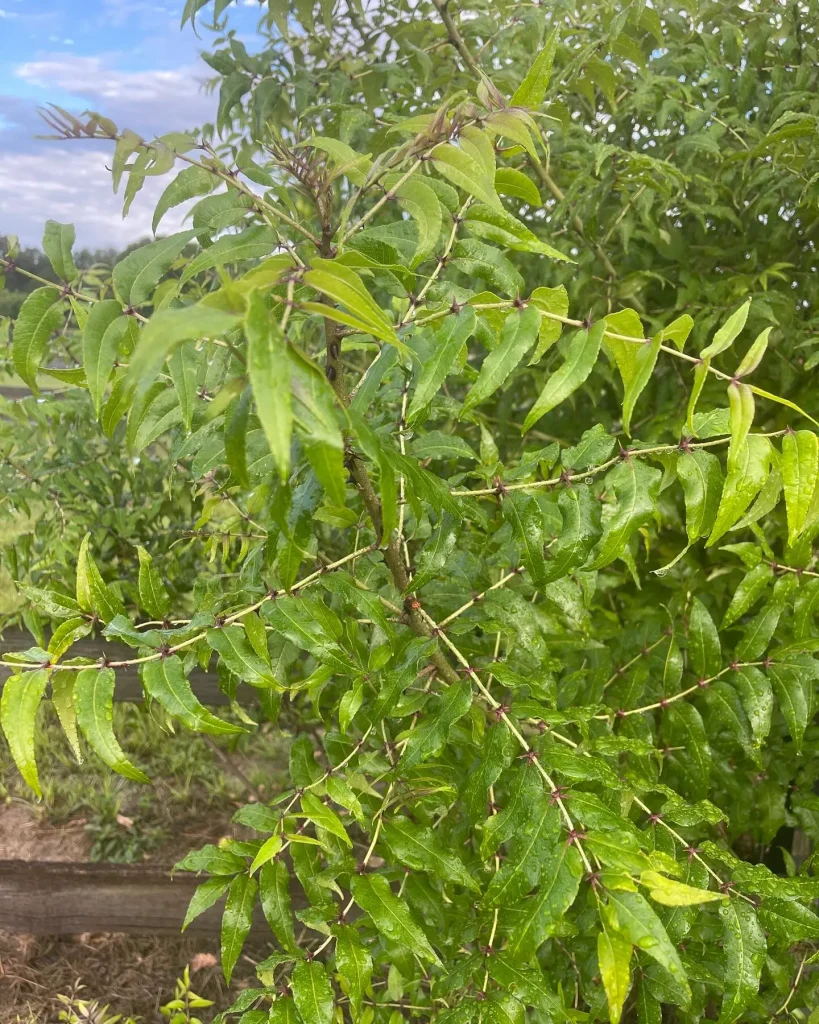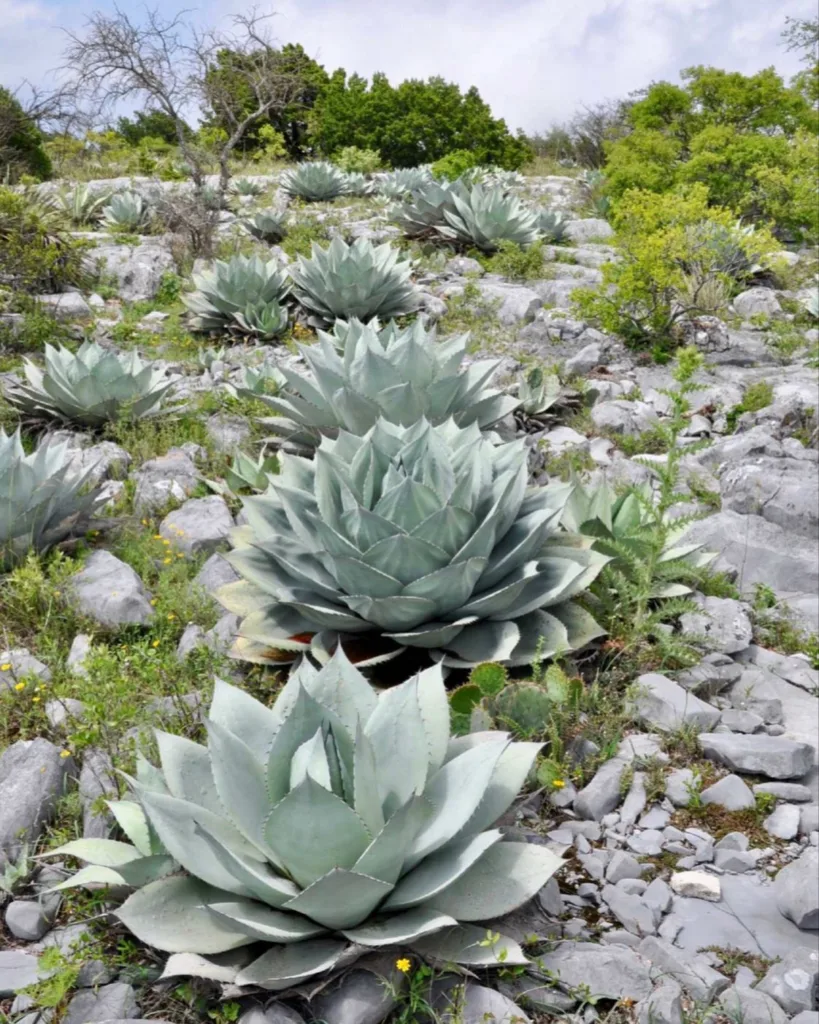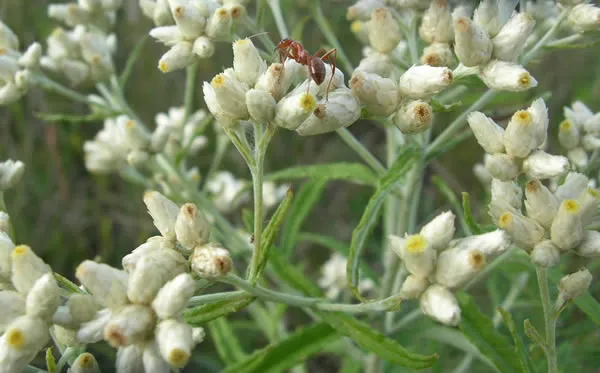My Love Affair with Jacob’s Ladder (Polemonium)
I, Ferb Vu, have always been drawn to the delicate beauty of wildflowers. There’s a certain charm to their unassuming nature, their ability to thrive in the harshest conditions, and their quiet resilience. Among my favorites is the genus Polemonium, more commonly known as Jacob’s ladder, belong to the Polemoniaceae family.
The name “Jacob’s ladder” evokes a sense of ethereal beauty, and rightly so. The plant’s delicate blossoms, often in shades of blue, purple, or white, seem to ascend towards the heavens like the biblical ladder. But my fascination with Polemonium goes beyond its aesthetic appeal. It’s the plant’s adaptability, its diversity, and its understated elegance that truly captivate me.
A Diverse Genus
Polemonium is a genus of about 30 species, all native to the Northern Hemisphere. They can be found in a variety of habitats, from cool temperate woodlands to arctic tundra. This diversity is reflected in the wide range of forms the plant takes. Some species, like Polemonium caeruleum, are tall and stately, reaching heights of up to three feet. Others, like Polemonium reptans, are low-growing and creeping, forming mats of foliage.
- Polemonium apachianum J.P.Rose
- Polemonium boreale Adams
- Polemonium brandegeei (A.Gray) Greene
- Polemonium caeruleum L.
- Polemonium californicum Eastw.
- Polemonium campanulatum (Th.Fr.) Th.Fr.
- Polemonium carneum A.Gray Plant FAQs: Polemonium Carneum
- Polemonium caucasicum N.Busch
- Polemonium chartaceum H.Mason
- Polemonium chinense (Brand) Brand
- Polemonium eddyense Stubbs
- Polemonium elegans Greene
- Polemonium elusum J.J.Irwin & R.L.Hartm.
- Polemonium eximium Greene
- Polemonium foliosissimum A.Gray
- Polemonium glabrum J.F.Davidson
- Polemonium grandiflorum Benth.
- Polemonium hingganicum (P.H.Huang & S.Y.Li) S.Y.Li & K.T.Adair
- Polemonium kiushianum Kitam.
- Polemonium lacustre (Wherry) J.P.Rose & Sytsma
- Polemonium majus Tolm.
- Polemonium mexicanum Cerv. ex Lag.
- Polemonium micranthum Benth.
- Polemonium nevadense Wherry
- Polemonium occidentale Greene
- Polemonium pauciflorum S.Watson
- Polemonium pectinatum Greene
- Polemonium pulchellum Bunge
- Polemonium pulcherrimum Hook.
- Polemonium reptans L.
- Polemonium sachalinense Vorosch.
- Polemonium schizanthum Klokov
- Polemonium schmidtii Klokov
- Polemonium × speciosum Rydb.
- Polemonium sumushanense G.H.Liu & Y.Q.Ma
- Polemonium vanbruntiae Britton
- Polemonium × victoris Klokov
- Polemonium villosissimum (Hultén) D.F.Murray & Elven
- Polemonium villosum Rudolph ex Georgi
- Polemonium viscosum Nutt.
Adaptable and Resilient
What truly amazes me about Polemonium is its ability to thrive in a variety of conditions. From the damp, shaded woodlands of Europe to the dry, rocky slopes of the American West, these plants have adapted to survive in some of the harshest environments. This resilience is a testament to the plant’s evolutionary success.
Take Polemonium viscosum, for example. This species, commonly known as Sticky Jacob’s Ladder, is found in high-altitude alpine regions. It has adapted to the harsh conditions by developing sticky glandular hairs that protect it from the intense sunlight and cold temperatures.
A Gardener’s Delight
As a gardener, I appreciate Polemonium for its versatility and ease of cultivation. These plants are relatively low-maintenance and can add a touch of elegance to any garden. Their delicate foliage and beautiful blossoms make them a popular choice for borders, rock gardens, and woodland gardens.
I’ve found that Polemonium prefers well-drained soil and partial shade, but many species can tolerate full sun. They are also relatively drought-tolerant once established. In the spring, the plants produce clusters of bell-shaped flowers that attract pollinators like bees and butterflies.
More Than Just a Pretty Face
Beyond its ornamental value, Polemonium has a rich history of medicinal and cultural uses. Native Americans used various parts of the plant to treat a range of ailments, from coughs and colds to wounds and burns. In some cultures, the plant was believed to have spiritual significance and was used in ceremonies and rituals.
A Symbol of Hope and Resilience
For me, Polemonium represents hope and resilience. Its ability to thrive in challenging conditions is a reminder that even in the face of adversity, we can find ways to flourish. The plant’s delicate beauty also serves as a reminder to appreciate the simple things in life.
In a world that often feels chaotic and unpredictable, Polemonium offers a sense of peace and tranquility. It’s a reminder that beauty can be found in the most unexpected places, and that even the smallest and most delicate creatures can possess incredible strength and resilience.
If i die, water my plants!



